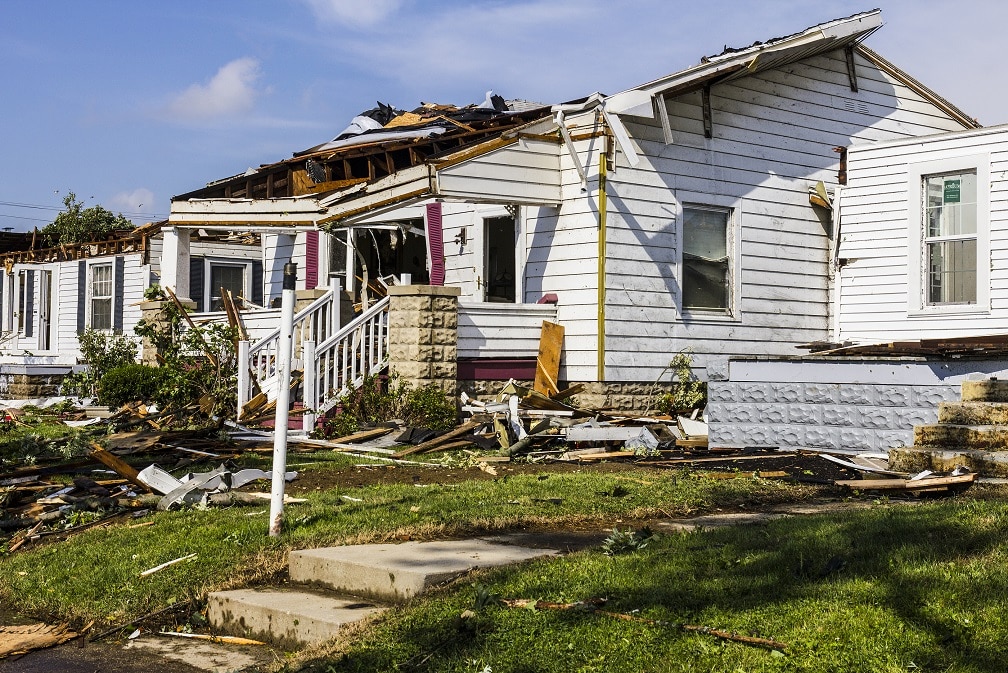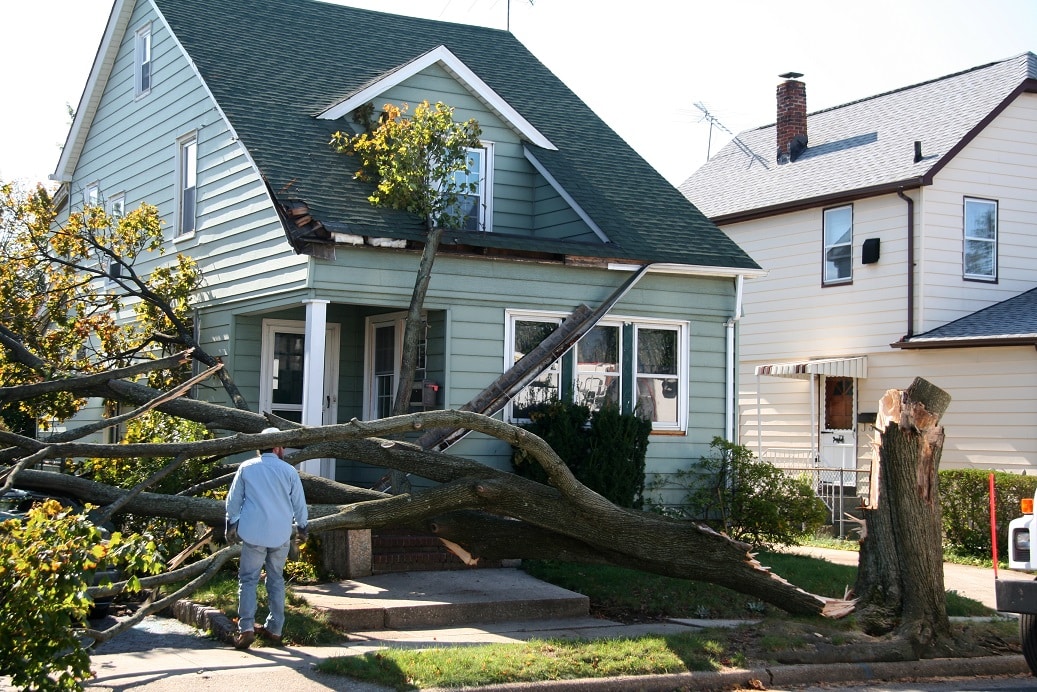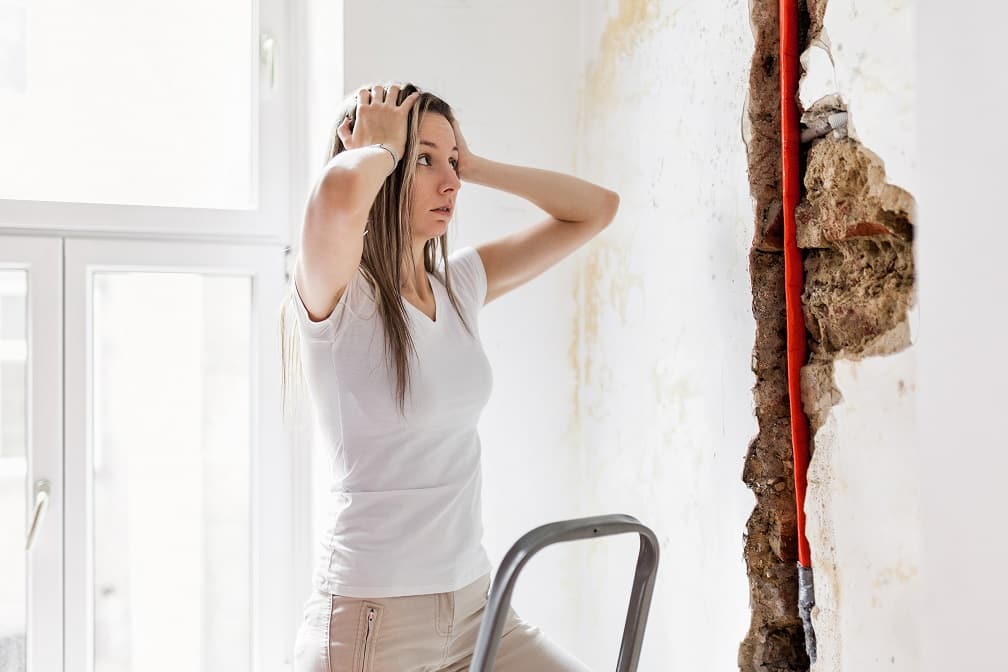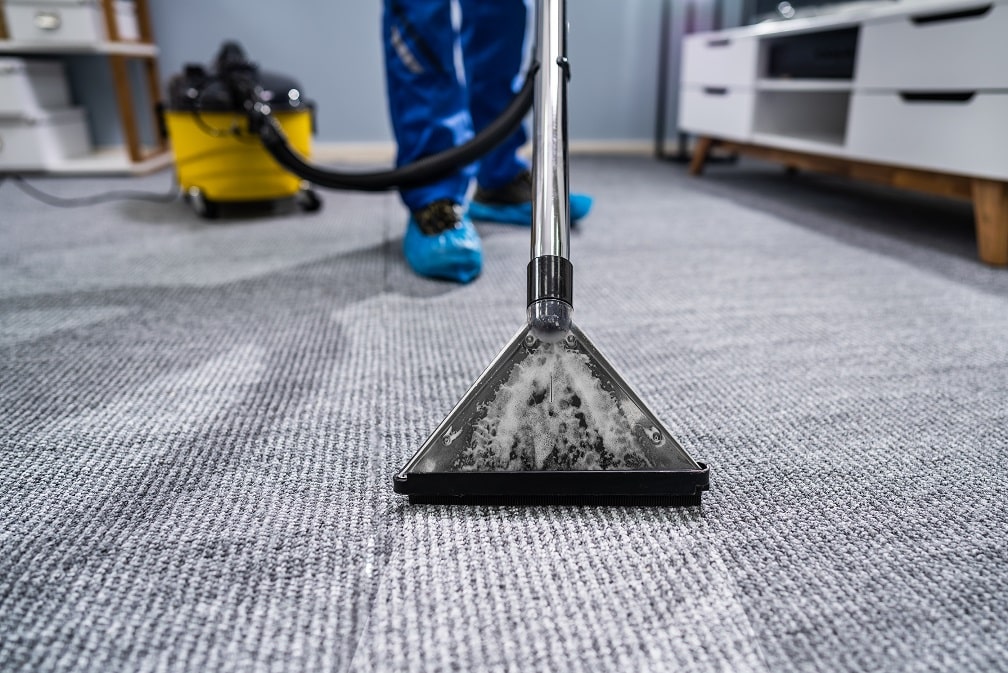Across the US, disasters happen all the time. These can be floods, fires, hurricanes, tornadoes, mudslides, earthquakes, winter storms, and even building collapse. Disaster cleanup is hazardous and when a disaster strikes, many stakeholders come together to alleviate the suffering including government agencies.
Cleanup activities expose those involved in the work to hazardous conditions. These include debris removal operations, downed electrical power lines, mold, contaminated floodwater, carbon monoxide, tree-trimming, power generators, risky structures, and unsanitary working conditions.
Disaster Cleanup Takes Many Forms
Damage from water, fire, or smoke is not only costly but traumatic for both homeowners and businesses. In the immediate aftermath after a disaster, it’s critical to have damage control, and complete clean-up activities done professionally and promptly.
Natural Disaster Cleanup
Natural disasters can come in many forms such as earthquakes, structure collapses, tornadoes, hurricanes, tornadoes, or even very strong storm winds. Disaster damage also comes in many forms including debris management because of shattered structures and even debris blown or swept in from other areas.
Flood Water Cleanup
It doesn’t take a hurricane or torrential rain to flood your home or commercial structure. Water damage is broad and can happen because of direct storm damages or even from a frozen or broken pipe. Even a burst main from a construction site or a backed-up toilet can wreak havoc.
Fire Cleanup
For any house or business, fire damage can be devastating. Thankfully, with proper management, fires can be controlled and stopped from spreading to other parts of the building. Cleaning after a fire should be handled by professionals.
Who Is Responsible?
Disaster cleaning means facing a broad range of hazards such as from contaminated water to sagging ceilings and splintered wood. A responsible property owner must always be prepared for any eventuality. You should not take chances of disaster striking but have a cleanup plan in case of an emergency or disaster.
Whether you are volunteering to help with the cleanup or returning home to clean after a disaster, there are many things that you need to consider and prepare for before the actual cleanup activities begin.
Always, remember safety should always come first.
- Get the right cleanup and safety gear
- Use teams if you need to move bulky/heavy objects
- Pace yourself.
Need For Emotional Support
Whether you evacuated the family to a safer location or rode out the disaster at home, taking the first look at your damaged home or commercial building can be overwhelming. Besides the other personal emotions, you are likely to feel daunted by the sheer size of the task ahead of you, not knowing where to begin.
Emotional support from the community, family members, and local mental health professionals is known to help prevent the development of more serious stress-related complications in the challenging months ahead, as you cleanup and restore your damaged property.
After a disaster, every home’s needs will vary, and some damage cleanup can only be handled by professionals. The long hours of work, physical exhaustion, and emotional stress can also take its toll on the disaster cleanup workers.




